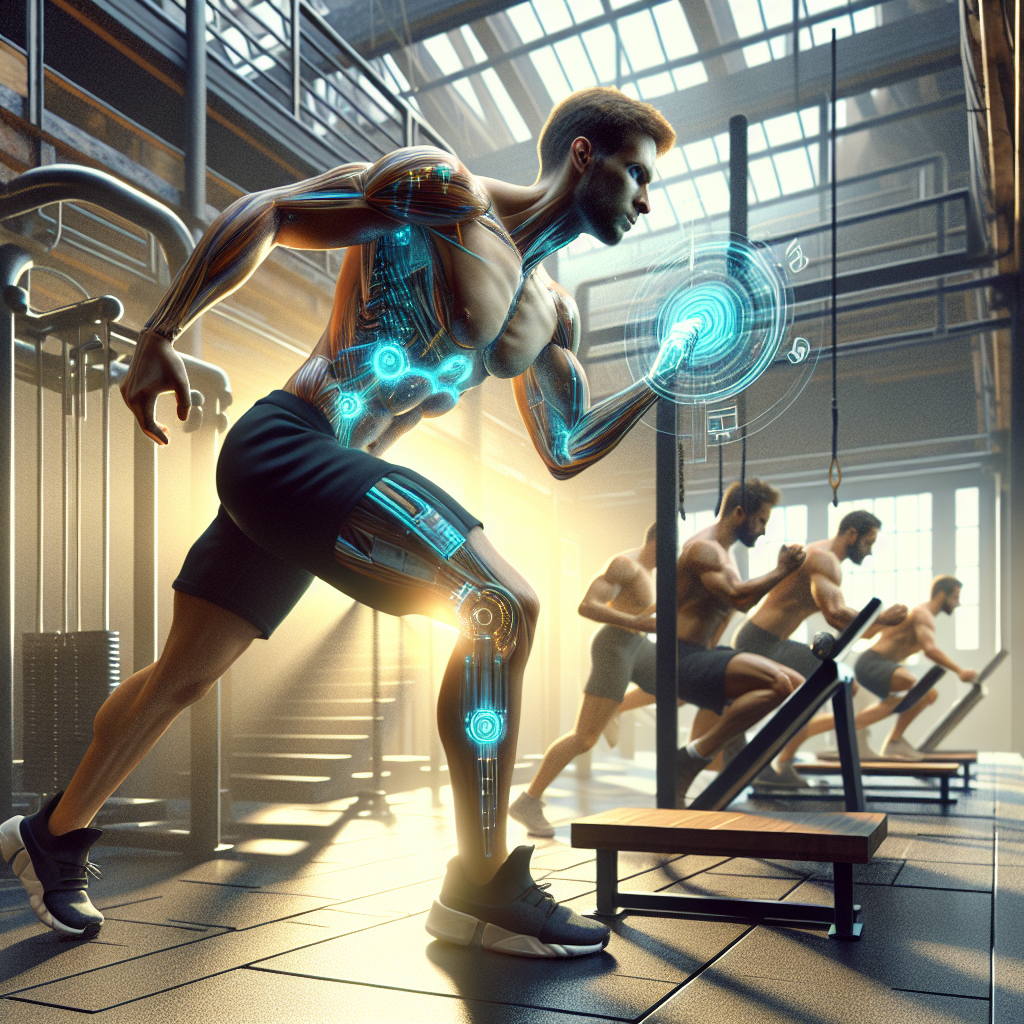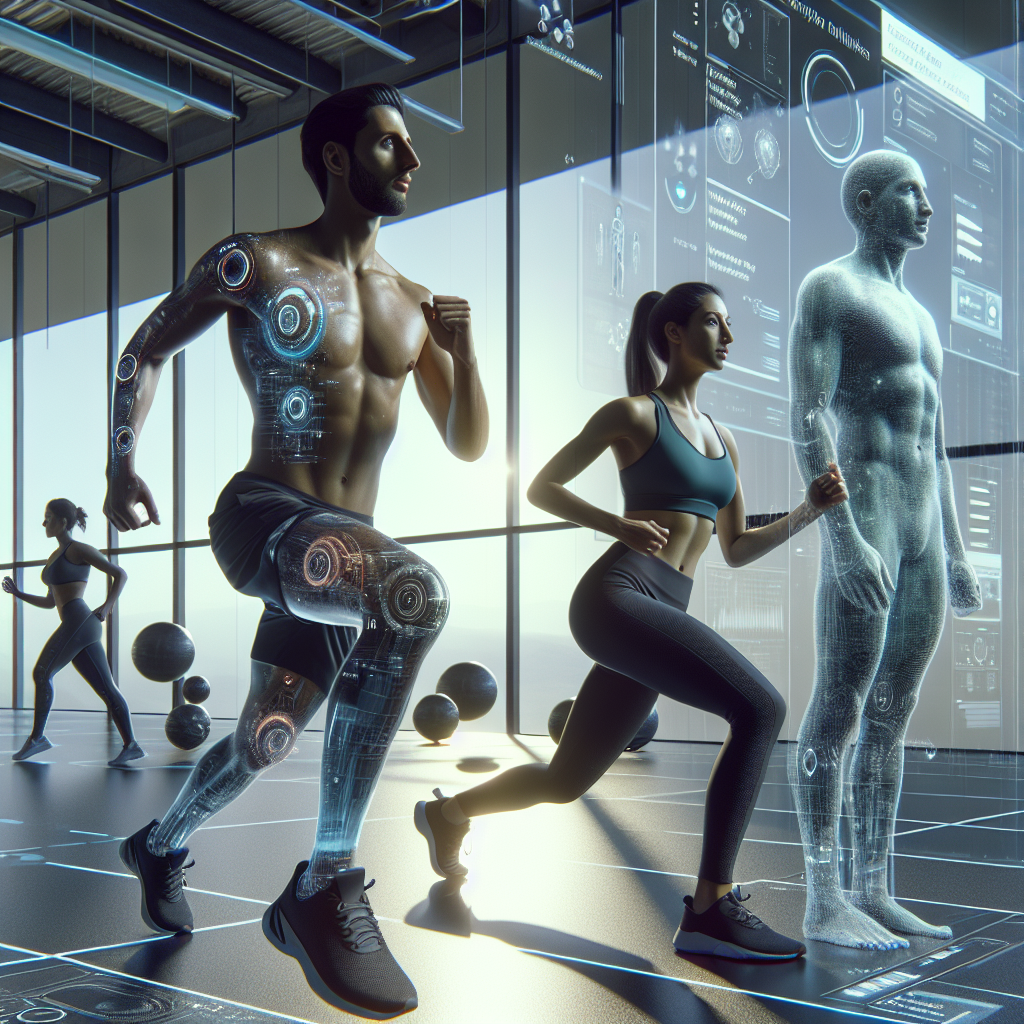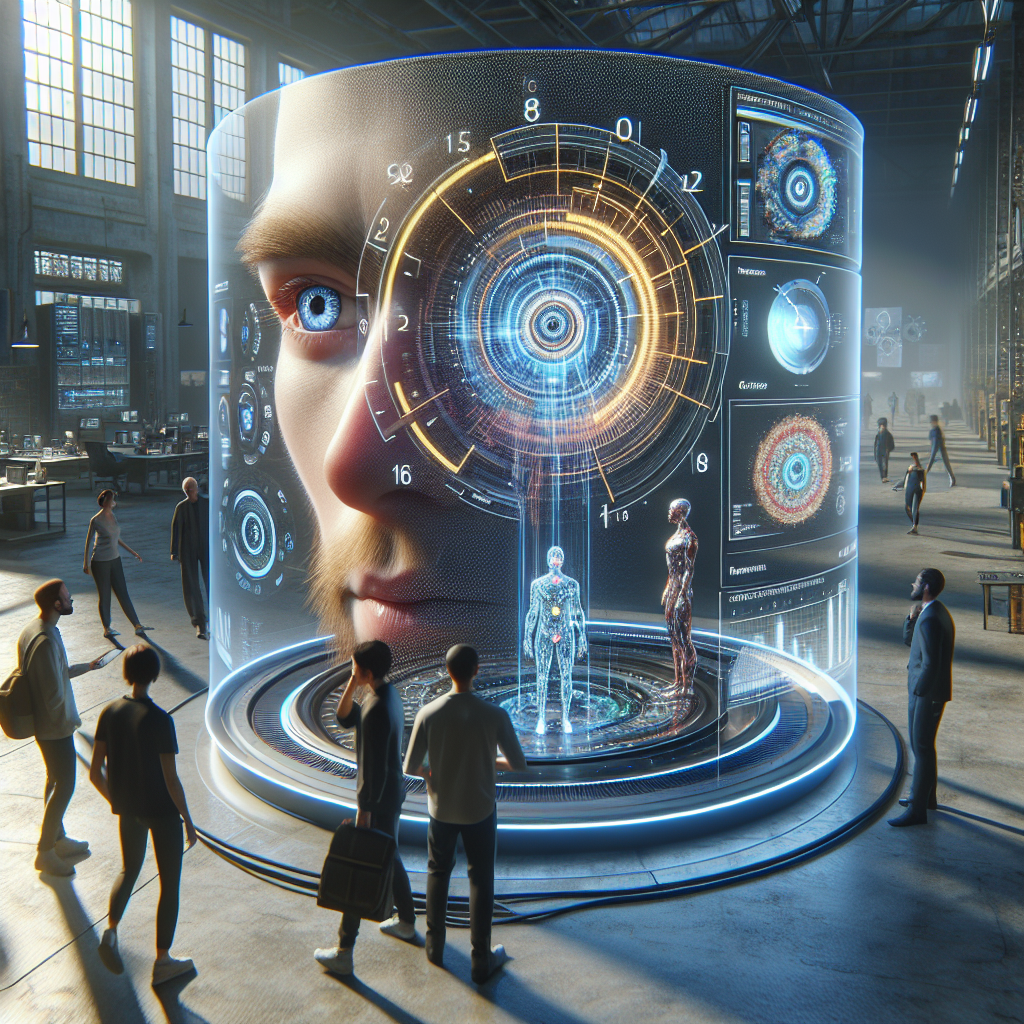Integrating machine learning into personalized fitness programs represents a revolutionary approach to optimizing individual health and wellness. By leveraging data-driven insights, machine learning algorithms can tailor fitness regimens to meet the unique needs of each person, thereby enhancing the effectiveness and efficiency of workouts. This integration not only personalizes exercises but also adapts to real-time feedback, ensuring continuous improvement and engagement in fitness routines.
Understanding the Role of Machine Learning in Personalized Fitness
The application of machine learning in fitness revolves around its ability to process vast amounts of data and generate insights that are difficult for human trainers to ascertain. By analyzing data such as biometrics, workout history, and even external factors like weather or personal preferences, machine learning models predict optimal exercise routines and dietary plans.
Key elements of machine learning in fitness include:
- Data Collection: Gathering data from wearables, apps, and other digital platforms.
- Data Analysis: Using algorithms to interpret and analyze data patterns.
- Personalized Recommendations: Offering customized workout and nutrition plans.
- Adaptive Feedback: Modifying programs based on user progress and feedback.
The Impact of Wearable Technology and IoT on Fitness Data
Wearable technology and the Internet of Things (IoT) play a crucial role in collecting real-time data essential for machine learning applications in fitness. Devices like smartwatches, fitness trackers, and connected gym equipment provide continuous streams of data, including heart rate, steps taken, calories burned, and sleep patterns.
Benefits of Wearable Data in Fitness Programs
- Continuous Monitoring: Real-time tracking of physical activity and biometrics.
- Enhanced Motivation: Feedback from wearables can motivate users to reach their fitness goals.
- Data-Driven Insights: Comprehensive data allows for deeper analysis and more personalized recommendations.
Machine Learning Algorithms in Fitness: Types and Functions
Different types of machine learning algorithms are applied in fitness to achieve various objectives. These include supervised learning, unsupervised learning, and reinforcement learning.
Supervised Learning
Supervised learning involves training a model on a labeled dataset, which helps predict outcomes based on input data. In fitness, supervised learning can predict an individual’s response to specific exercises or dietary plans.
Unsupervised Learning
Unsupervised learning discovers hidden patterns in data without pre-existing labels. It is useful for segmenting users into groups with similar fitness levels or identifying new workout routines that fit specific user profiles.
Reinforcement Learning
Reinforcement learning allows models to learn optimal actions through trial and error, receiving feedback in the form of rewards or penalties. This approach is ideal for creating adaptive fitness programs that evolve based on user performance and engagement.
Creating Personalized Fitness Programs Using Machine Learning
To create a personalized fitness program, machine learning models use various data inputs to tailor recommendations. The process involves several stages, from data collection to program personalization and continuous adaptation.
Data Collection and Preprocessing
Data collection is the foundation of any machine learning model. For fitness programs, data can be collected from multiple sources, including:
- Wearable Devices: Capture real-time health metrics and activity levels.
- Fitness Apps: Track workout routines, diet plans, and personal goals.
- Health Records: Provide medical history and biometric data.
Once collected, the data needs to be preprocessed to remove noise and ensure accuracy. This includes standardizing data formats, filling in missing values, and normalizing data to facilitate analysis.
Personalization Models
Personalization models use the preprocessed data to tailor fitness recommendations. These models consider factors such as:
- Fitness Goals: Weight loss, muscle gain, endurance improvement, etc.
- Availability: Time constraints and preferred workout schedules.
- Preferences: Preferred types of exercises or dietary restrictions.
- Current Fitness Level: Baseline metrics to set achievable targets.
Example of a Personalization Model
| Input Data | Model Output |
|---|---|
| Age, Weight, Activity Level, Goal | Custom Exercise Plan, Nutrition Guide |
| Heart Rate Variability, Sleep Patterns | Rest Days, Recovery Techniques |
Adaptive Feedback and Continuous Improvement
One of the most powerful aspects of machine learning in fitness is its ability to adapt and improve over time. As users engage with their personalized programs, the system continuously gathers feedback, allowing for real-time adjustments.
- Progress Tracking: Monitoring improvements in fitness levels and adjusting difficulty.
- Feedback Loops: Incorporating user feedback to refine recommendations.
- Dynamic Goal Setting: Adjusting goals based on progress and changing user needs.
Challenges and Opportunities in Integrating Machine Learning with Fitness
While the integration of machine learning into fitness programs offers numerous benefits, it also presents challenges that must be addressed to fully realize its potential.
Data Privacy and Security
With vast amounts of personal data being collected, ensuring privacy and security is paramount. Fitness platforms must implement robust data protection measures to safeguard user information.
- Encryption: Protecting data during transfer and storage.
- Access Controls: Restricting data access to authorized personnel only.
- Compliance: Adhering to regulations such as GDPR or HIPAA.
Algorithm Bias and Fairness
Machine learning models can inadvertently perpetuate biases present in training data, leading to unfair recommendations. It is essential to identify and mitigate such biases to ensure fairness and inclusivity in fitness programs.
Addressing Algorithm Bias
- Diverse Datasets: Training models on diverse and representative datasets.
- Bias Detection: Implementing methods to detect and correct biases.
- Regular Audits: Conducting regular audits of models to ensure fairness.
Technical Infrastructure and Integration
Integrating machine learning into existing fitness platforms requires a robust technical infrastructure capable of handling large datasets and complex computations.
- Scalability: Ensuring systems can handle increased data volumes as user bases grow.
- Interoperability: Seamlessly integrating machine learning models with existing software and hardware.
- Performance Optimization: Ensuring models operate efficiently in real-time environments.
The Future of Machine Learning in Personalized Fitness
The future of fitness lies in the seamless integration of machine learning technologies, offering even more precise and personalized health insights. Emerging trends and technologies promise to further enhance personalized fitness experiences.
Emerging Trends and Innovations
Several innovations are poised to transform the landscape of personalized fitness, driven by machine learning advancements.
Virtual Reality (VR) and Augmented Reality (AR)
VR and AR technologies are being incorporated into fitness programs to create immersive workout experiences. Machine learning enhances these experiences by adapting virtual environments to individual fitness levels and preferences.
Predictive Analytics
Predictive analytics leverages historical data to forecast future fitness trends, enabling users to proactively address potential health issues before they arise.
Integration with Telehealth
As telehealth becomes more prevalent, integrating machine learning-driven fitness programs with telehealth services can provide comprehensive health management solutions.
The Role of AI in Behavioral Change
Artificial intelligence (AI) is playing a growing role in fostering behavioral change, crucial for long-term success in fitness journeys.
- Motivational AI: Utilizing AI-driven chatbots to provide encouragement and accountability.
- Behavioral Analysis: Identifying patterns and triggers that impact fitness habits.
- Personalized Interventions: Offering tailored interventions to address specific behavioral challenges.
Success Stories and Case Studies
Several companies and platforms are already leveraging machine learning to deliver personalized fitness solutions, demonstrating its potential and effectiveness.
- Peloton: Utilizes machine learning to analyze user data and optimize workout experiences in real-time.
- MyFitnessPal: Employs AI to provide personalized nutrition and fitness recommendations based on user logs.
- Fitbit Premium: Offers tailored health insights and workout plans using machine learning algorithms to analyze user data.
Conclusion: Embracing the Future of Personalized Fitness
The integration of machine learning into personalized fitness programs is a game-changer, offering tailored solutions that adapt to the unique needs and goals of each individual. While challenges exist, the potential benefits are immense, promising more effective, efficient, and enjoyable fitness experiences. As technology continues to evolve, the future of fitness will undoubtedly be shaped by innovative machine learning applications, paving the way for healthier and more active lives.
Transform Your Fitness Journey Today!
Experience the Future of Fitness with PurelyFit
Say goodbye to expensive trainers and confusing diet plans. Embrace a smarter, more efficient way to achieve your fitness goals with AI-powered workouts and personalized nutrition. With over 600,000 recipes tailored to every lifestyle and real-time progress tracking, PurelyFit adapts to your needs for optimal results. Revolutionize your fitness journey and unlock your full potential with the power of AI. Don’t wait—start transforming your health today!













